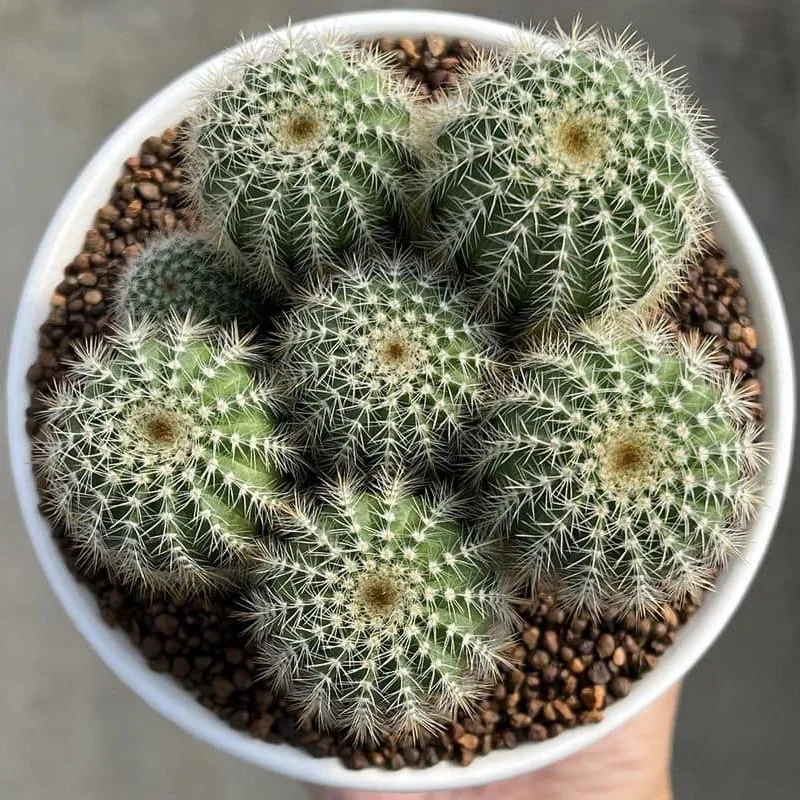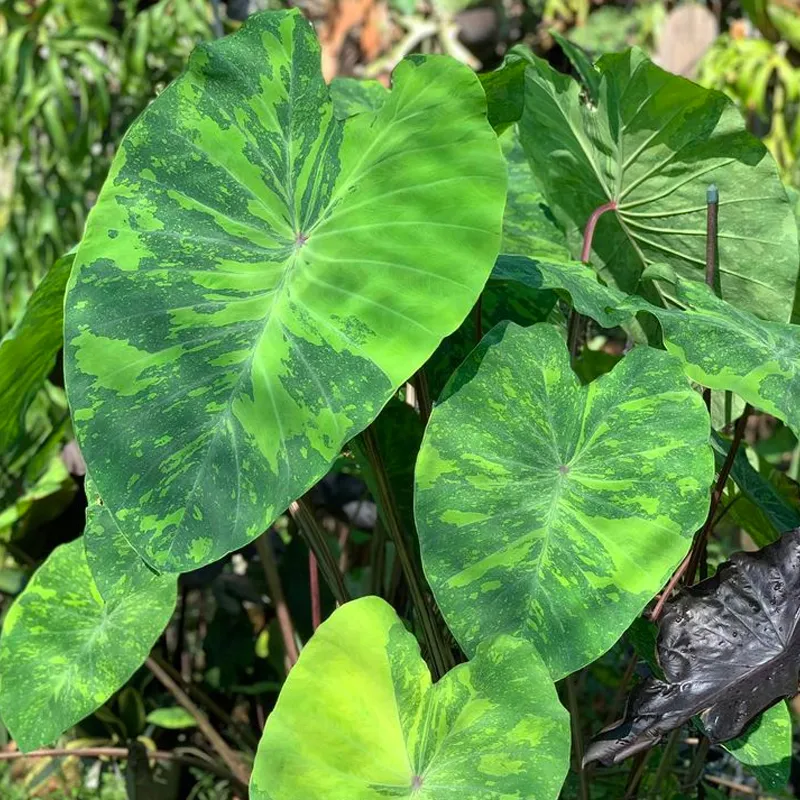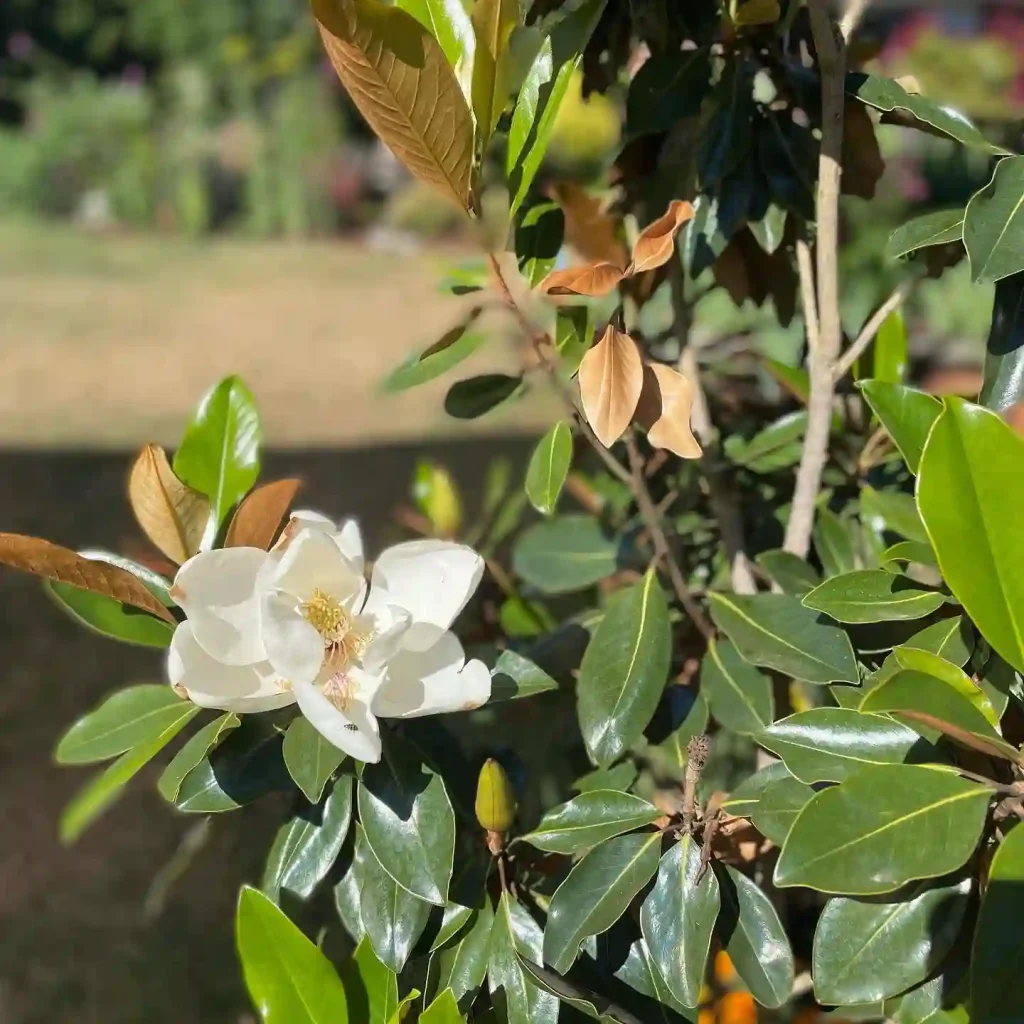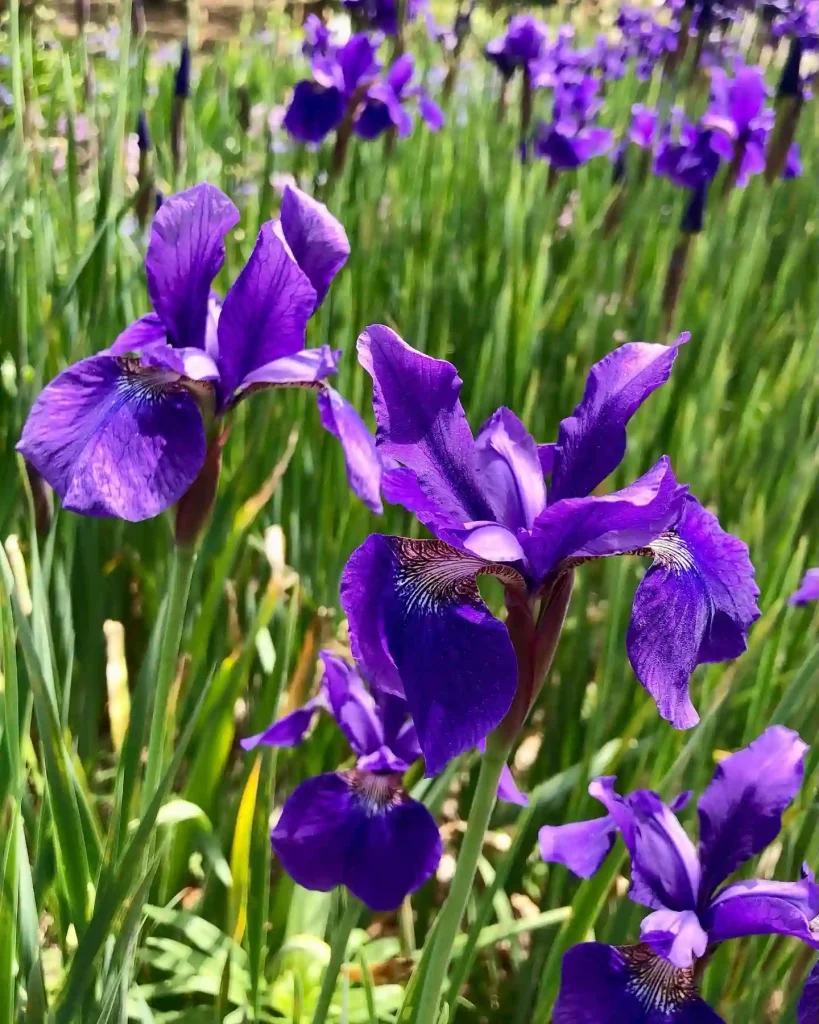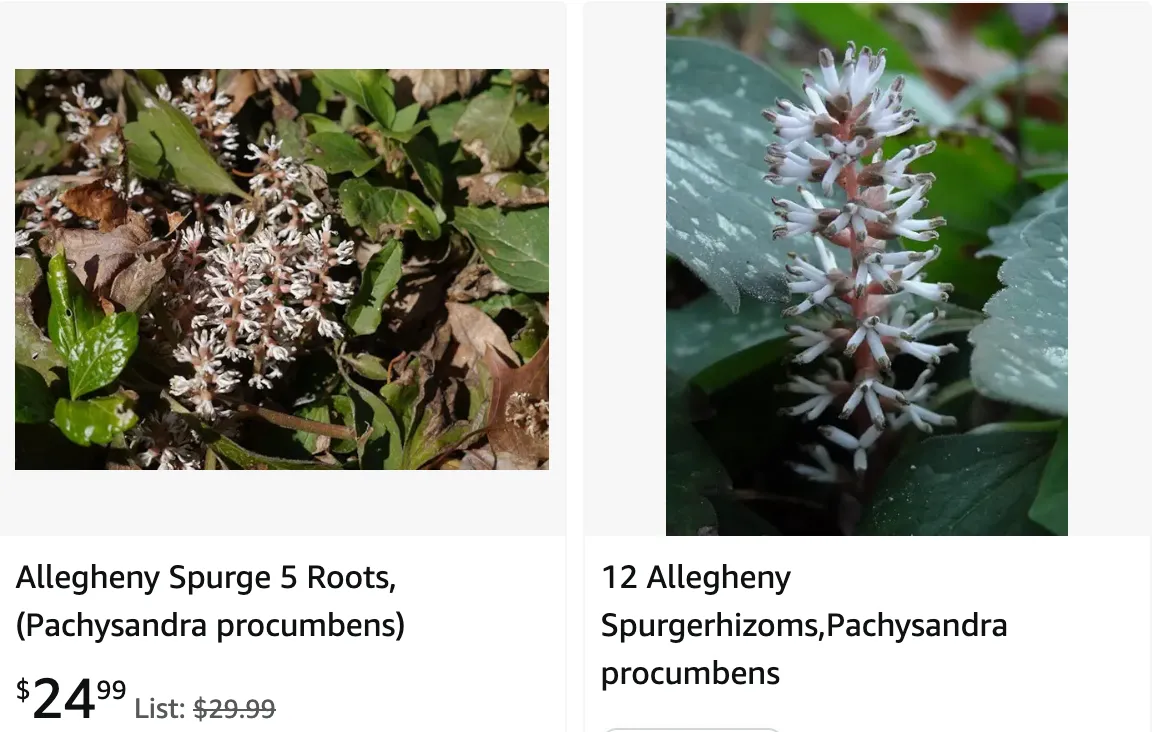
Exploring the Charm of Pachysandra procumbens
As a passionate gardener, I find joy in discovering and nurturing unique plant species that add character and beauty to my outdoor spaces. One such gem that has captured my attention is Pachysandra procumbens. With its striking foliage and low-maintenance nature, it has become a favorite in my garden. Let me take you on a journey through the wonders of Pachysandra procumbens.
3 Species in Genus Pachysandra
What is Pachysandra procumbens?
Pachysandra procumbens, also known as Allegheny spurge or mountain pachysandra, is a delightful ground cover native to the southeastern United States. Unlike its more common relative, Pachysandra terminalis, Pachysandra procumbens boasts distinctive variegated leaves with a splash of silver and green, adding visual interest to any landscape.
Pachysandra procumbens vs terminalis
I’ve found Pachysandra procumbens to be more resilient in my shady garden compared to Pachysandra terminalis, which struggled a bit with our colder winters. The procumbens has a more vigorous growth habit, and its leaves seem to hold up better under tough conditions. Terminalis, on the other hand, looked a bit lackluster and required more maintenance to keep it looking full and healthy.
Where to buy Pachysandra procumbens?
When it comes to acquiring this enchanting plant, there are several options available. Nurseries specializing in native plants or woodland species are excellent places to start your search. Online retailers and botanical gardens may also offer Pachysandra procumbens for sale. Additionally, local plant swaps or garden club exchanges can be sources of rare finds.
How to Care for Pachysandra procumbens?
Pachysandra procumbens thrives in moist, well-drained soil and dappled shade, making it an ideal choice for woodland gardens or shady borders. Once established, it is relatively low-maintenance, requiring minimal pruning or fertilization. However, regular watering, especially during dry spells, will help keep it healthy and vibrant.
How to Propagate Pachysandra procumbens?
Propagating Pachysandra procumbens can be done through division or stem cuttings. In early spring or fall, carefully dig up a mature plant and divide it into smaller sections, ensuring each division has healthy roots attached. Alternatively, take stem cuttings from new growth, dip them in rooting hormone, and plant them in a moist potting mix. With proper care, these cuttings will develop roots and grow into new plants.
What to Plant with Pachysandra procumbens?
Pachysandra procumbens pairs beautifully with other shade-loving perennials and woodland plants, creating lush, textural compositions. Hostas, ferns, and native wildflowers like trilliums and bloodroot make excellent companions for Pachysandra procumbens, adding depth and diversity to the planting scheme.
Is Pachysandra procumbens invasive?
Unlike its non-native counterpart, Pachysandra terminalis, Pachysandra procumbens is not considered invasive in most regions. However, it is essential to monitor its growth and prevent it from spreading aggressively in sensitive ecosystems. Regular maintenance, such as removing unwanted seedlings and containing its spread through root barriers, can help prevent any potential issues.
Why Choose Pachysandra procumbens for Your Garden?
With its unique foliage, adaptability to shade, and ease of care, Pachysandra procumbens is a standout choice for gardeners looking to enhance their outdoor spaces with native flora. Whether used as a ground cover under trees or as a border plant along pathways, its beauty and resilience are sure to delight for years to come.
Conclusion
In my journey as a gardener, discovering Pachysandra procumbens has been a delightful revelation. Its charming foliage, easy care requirements, and versatility in garden design make it a valuable addition to any landscape. By understanding how to acquire, care for, and integrate it into your garden, you can experience the enchanting beauty of Pachysandra procumbens firsthand.
If i die, water my plants!
